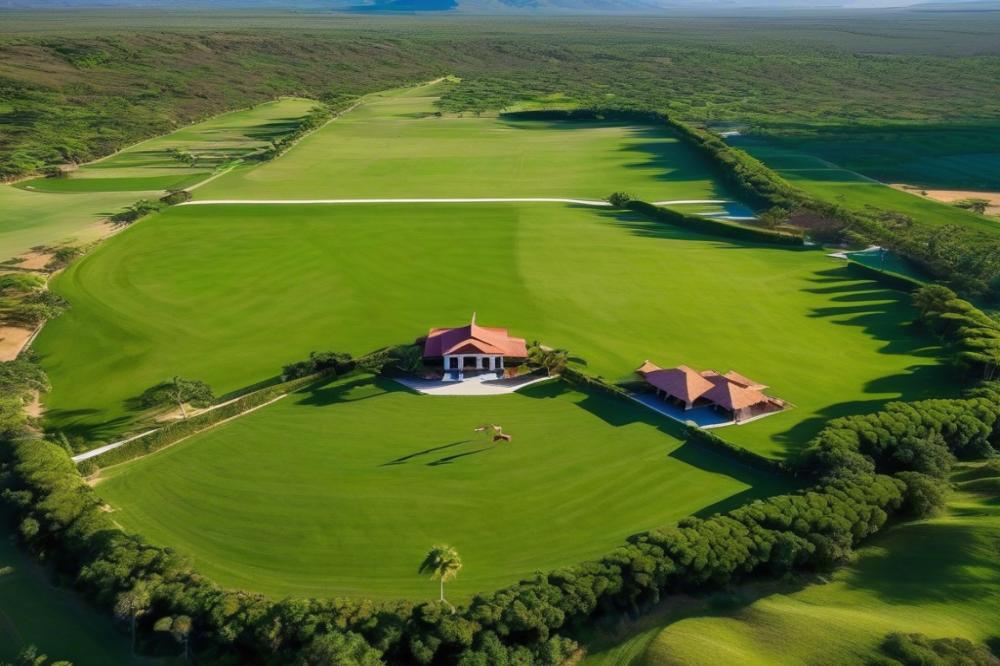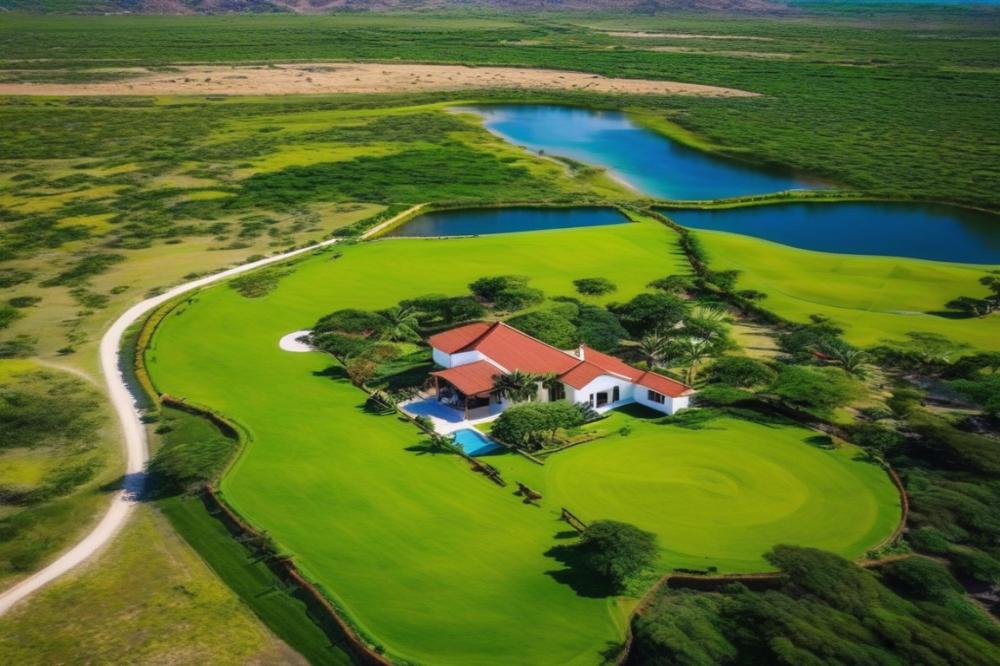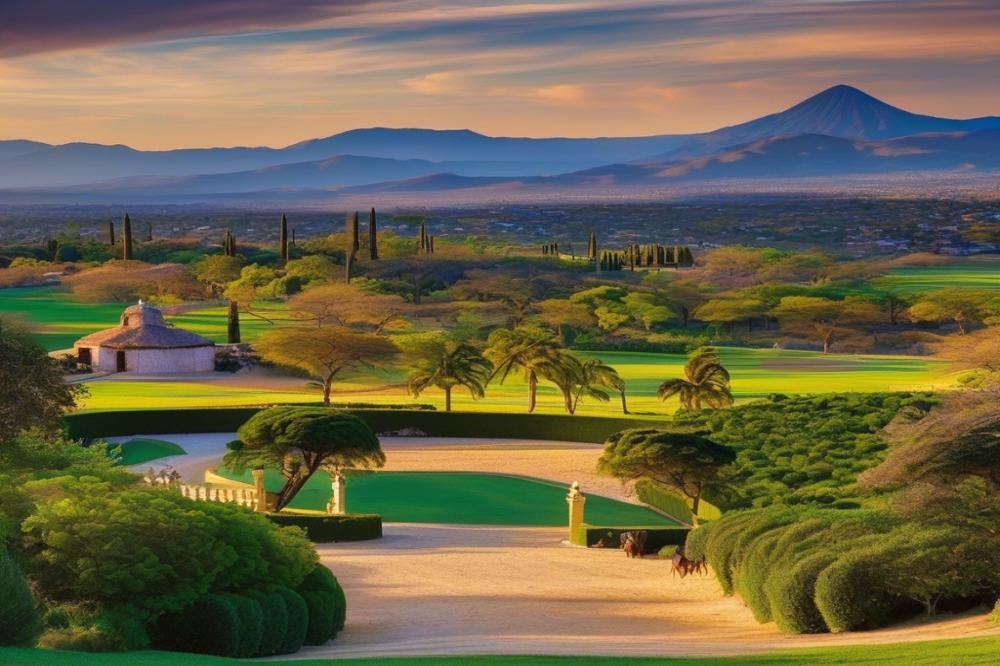Overview of Mexico’s horse population and Its Significance
In a country known for its vibrant culture and traditions, horses play a vital role in everyday life. With approximately 6.4 million equines, Mexico hosts one of the largest populations of these animals in the world. The relationship between people and horses here is rich and varied, touching upon different aspects of society, from recreation to agriculture and beyond.
The significant number of horses reflects not only an economic asset but also a deep-rooted connection to traditions that date back centuries. Many communities depend on these animals for work, showcasing their importance in rural areas. They assist farmers in navigating vast fields and moving goods. In cities, horses are often seen in parades and festivals, highlighting their celebration in Mexican culture.
Importance of Equestrian Culture in Mexico

Equestrian culture in this nation cannot be overstated. It encompasses skills, artistry, and techniques passed down through generations. Various disciplines such as rodeo, dressage, and ranching all thrive in the country. This diversity shows how horses influence not just the economy, but also identity and pride.
Riding schools can be found throughout Mexico, teaching young people the art of horsemanship. These institutions instill values like patience, responsibility, and respect for animals. Engaging with horses teaches crucial life lessons that often extend beyond the barn.
Festivals celebrating this equestrian heritage draw large crowds. Events like “Charreada” feature impressive displays of horsemanship and tradition. Cowboys, known as “charros,” showcase techniques that have been refined through years. Such festivals create a sense of community and pride among attendees.
In summary, the connection between Mexicans and their horses goes beyond mere utility. It is a tapestry of tradition, identity, and community. This bond continues to shape the nation today, making it clear how essential these animals are to Mexican life and culture.
Mexico horses: Home to 6.4 Million Horses

The horse population in Mexico is impressive, reaching approximately 6.4 million. This number makes the country one of the largest homes to horses in the world. Various statistics reveal that horses are not only common in rural areas but also play significant roles in urban settings. The numbers continue to grow, demonstrating a deep-rooted connection to culture and tradition.
Factors Contributing to the High Number of Horses
Several factors contribute to this high horse population. First, agriculture remains a critical aspect of life in many parts of Mexico. Horses are essential for farming activities, such as plowing and transporting goods. This agricultural need fosters a love for these animals.
Moreover, cultural events and festivals often showcase equestrian skills, further enhancing their status in society. People find joy in horse riding and participating in charreadas, which are traditional rodeos. These events create a community around horses, encouraging more owners to step forward.
Variety of Horse Breeds in Mexico
Diversity among horse breeds adds to the richness of Mexico’s equestrian heritage. The Mexican Quarter Horse is famous for its agility and strength. Another notable breed is the Azteca, which combines Spanish and Criollo bloodlines, making it an exceptional rider and working horse.
Other breeds, such as the Criollo, are well-adapted to the region’s varied terrain and climate. Local farmers often select these horses for their endurance and hardiness. This variety not only signifies the broad appreciation for horses but also reflects the unique landscapes of Mexico.
Ranching and the Equine Industry
Ranching plays a vital role in maintaining the horse population in Mexico. Many ranchers rely on horses for their daily tasks. These animals are essential for herding cattle and transporting goods across vast lands. Without horses, many ranching practices would face significant challenges. This deep relationship has been established over generations.
Horses hold a unique place in Mexican ranching culture. They are more than just tools; they are companions and part of family traditions. Practices like charreadas, a traditional rodeo event, showcase the skills of both riders and horses. This event also highlights the deep-rooted customs of the region. Ranch life often revolves around the bond formed between ranchers and their equine partners.
The equine industry significantly impacts Mexico’s economy. It creates jobs and supports local businesses. Ranchers frequently buy feed, equipment, and other supplies, which helps local shops thrive. Additionally, events centered around horses draw tourism to rural areas, generating more income. Festivals and competitions related to horses also attract enthusiasts and spectators, further boosting the economy.
Rodeo and Equestrian Events
Traditional Rodeo Culture in Mexico
Rodeo holds a special place in the heart of Mexican culture. It showcases the skills of horsemen and women in a vibrant atmosphere. Events like charreadas involve various competitions that test both rider and horse. These competitions originated from the traditions of cattle ranching and have evolved over time. People gather to celebrate their heritage, making these events lively and colorful. Grilled food and music often fill the air, adding to the excitement. Spectators cheer as participants demonstrate their expertise.
Popular Equestrian Events and Festivals
In Mexico, numerous festivals celebrate equestrian traditions. The Feria Nacional del Caballo in the city of Texcoco is one such event. It attracts thousands of visitors every year, highlighting the beauty of horses and horsemanship. Another notable event is the International Charro Championship, where the best riders compete. Each of these events showcases regional styles and customs. Enthusiasts dress in traditional outfits, adding flair to the festivities. Besides competition, these gatherings promote camaraderie among riders and spectators alike.
Significance of Horseback Riding in Local Culture
Horseback riding is more than just a pastime in Mexico; it reflects a deep-rooted tradition. Many families pass down their equestrian knowledge through generations. Riding teaches discipline, responsibility, and patience. In rural areas, horses are vital for daily tasks, making their presence even more significant. Furthermore, many people view riding as a way to connect with nature. It fosters a bond between rider and animal that is often cherished. Many locals share stories of their experiences with horses, weaving tales of adventure and connection. Through these stories, the importance of horseback riding in their lives is undeniably clear.
Cultural Significance and Traditional Horsemanship
The role of horses in Mexican history is profound and wide-ranging. Horses have been present since the arrival of Spanish explorers in the 16th century. They played a crucial part in transforming transportation and agriculture in the region. The impact extended beyond practical uses; horses became symbols of status and power. Rich traditions evolved around their care and training, reflecting a deep respect for these magnificent animals.
Traditional horsemanship practices among Mexican charros
Charros are expert horsemen celebrated for their skills and traditions. They practice a style of riding unique to Mexico, blending techniques from indigenous peoples and Spanish culture. Skills like roping and trick riding are central to charro culture. Competitions often showcase these abilities, drawing crowds who appreciate the artistry involved. This form of horsemanship is not simply a sport; it’s a lifestyle that emphasizes honor and community.
Cultural symbolism of horses in art and folklore
Horses appear frequently in Mexican art and folklore. They represent freedom and strength in various stories passed down through generations. Many artists depict horses in their works, portraying them as majestic companions. Folklore often features horses as central characters in tales of bravery and adventure. These stories resonate deeply with the values of Mexican society, highlighting courage and loyalty.
Horse Training and Breeds
Overview of horse training practices in Mexico
Training horses in Mexico is a blend of tradition and modern techniques. Cowboys, known as “charros,” often take the lead in these methods. Their skills are passed down through generations, combining horsemanship and unique cultural practices. Many trainers focus on building trust and a strong bond with the horses. This approach helps to create well-behaved animals that perform beautifully. Methods can vary widely across different regions. In some areas, training emphasizes agility and speed, while in others, the focus might be on endurance and steadiness.
Common horse breeds and their characteristics
Various breeds thrive in Mexico owing to the country’s diverse climates and terrains. The Azteca is one of the most notable breeds. This horse is a perfect blend of Andalusian and Quarter Horse genes, known for its agility and strength. Another popular breed is the Criollo, recognized for its resilience and ability to adapt. Criollos can handle tough conditions and are often used in rural areas for work and ranching. Additionally, the Mexican Mustang possesses a strong lineage. These horses are sturdy and have a spirit that many equestrians admire.
Efforts to preserve and promote indigenous horse breeds
Preservation of native breeds is essential for maintaining cultural identity. Various organizations work to protect and promote these horses. Events and competitions showcase the beauty and skills of local breeds. Programs that educate breeders and trainers are increasingly important. Workshops often emphasize the significance of preserving traditional practices. Many horse enthusiasts recognize the value of genetic diversity in these breeds. Efforts to document bloodlines and maintain breeding standards are vital for the industry’s future. These initiatives also highlight the bond between the heritage of the people and their horses.
Final Thoughts on Equestrian Heritage in Mexico
Horses hold a significant place in Mexico. With a staggering horse population of 6.4 million, these animals are deeply woven into the fabric of everyday life. They serve many purposes, from ranching and agriculture to cultural celebrations and traditional sports. The bond between people and horses goes back centuries, making this relationship a vital aspect of the country’s heritage.
Preserving equestrian traditions is essential as they symbolize resilience and pride. Events like charreadas and rodeos connect generations, showcasing skills and honor. These activities do more than entertain; they foster community and promote cultural identity. As society evolves, we must remember the importance of horses in maintaining these connections.
Moreover, safeguarding this equestrian culture is crucial for future generations. It can be achieved through education and promotion of traditional practices. When communities recognize their history and values, they are more likely to pass them on. Horse riding schools and local rodeos can play a significant role in this endeavor.
In summary, Mexico’s rich equestrian culture deserves respect and attention. Each horse tells a story and contributes to a legacy that is uniquely theirs. Strengthening this bond will not only enrich lives but also honor the history that horses represent in the country. The journey of preserving this heritage is one we must embark on together.



